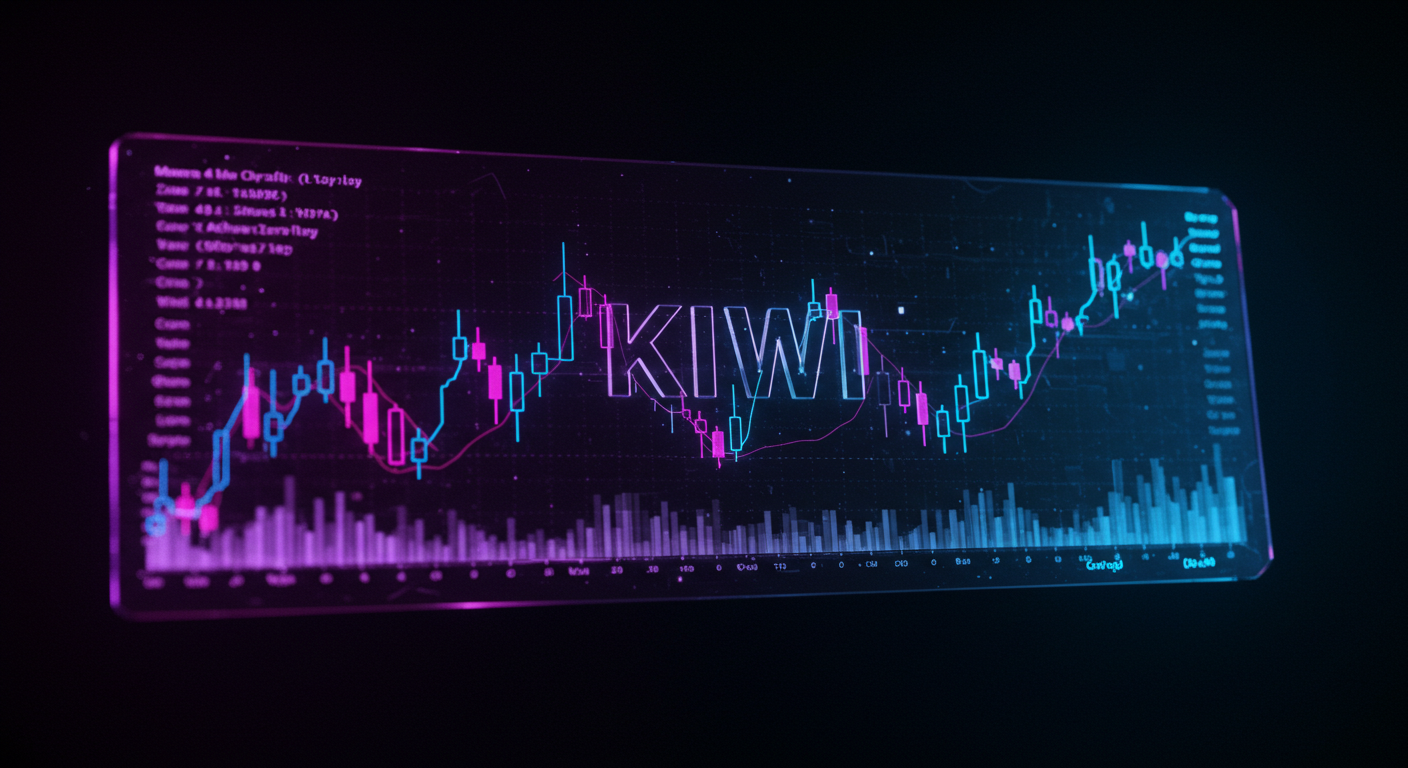
NZD/USD continues to rise as concerns over the US economic situation affect the US Dollar’s value. The New Zealand Dollar remains stable after the People’s Bank of China kept its one- and five-year Loan Prime Rates at 3.10% and 3.60%.
The currency pair is trading near 0.5970, driven by a weakened US Dollar amid economic unease. Sentiment for the New Zealand Dollar improved following tariff exemptions on key tech products made in China, New Zealand’s largest trading partner.
US Dollar Index Decline
The US Dollar Index fell to around 98.50 during this period, its lowest level since April 2022. Despite the exemptions, the US has imposed tariffs on Chinese ships, which could disrupt global trade routes and inflate tensions further.
There are political developments involving US President Trump’s dissatisfaction with Fed Chair Jerome Powell. Speculation arose about Powell’s possible removal, though market reactions have been minimal.
China’s PBoC Monetary Policy Committee meets quarterly, while its Loan Prime Rate is set monthly. The PBoC responds to inflation forecasts by adjusting interest rates, affecting the value of the Renminbi against the US Dollar, which is fixed by the PBoC.
As we’ve seen, the NZD/USD pair continues to benefit from a softening in the greenback, propelled by tensions affecting the broader financial picture in the United States. The Reserve Bank of New Zealand hasn’t taken any dramatic steps recently, yet the kiwi remains firm—due in part to steady economic signals from China. When Beijing kept its core borrowing rates unchanged—the one- and five-year Loan Prime Rates—markets interpreted this as a commitment to maintaining borrowing conditions, rather than injecting acceleration or tightening into the region’s economy.
With the exchange rate perched near 0.5970, what we’re really watching is how relentless pressure on the US Dollar is translating into relative strength for risk-sensitive currencies like the kiwi. The Dollar Index slipping to levels not seen since early 2022 is no small movement—it’s effectively signalling waning confidence in the US outlook and increasing demand for alternatives. This shift has been heightened by recent trade decisions: exemptions benefiting tech goods from China reset expectations around the region’s export flows, an area where New Zealand is tightly coupled.
Escalating Tensions Over Tariffs
From a trading standpoint, escalating tensions over tariffs on Chinese vessels offer early signals of how choppy global finance could become if this takes a wider route through maritime logistics. These developments are prompting questions for many of us—particularly those mapping out mid-term volatility. If shipping lanes tighten, it could thicken hedging activity around commodity-sensitive currencies and widen price movements beyond typical daily ranges.
Meanwhile in Washington, internal debates have added another layer. Discontent expressed by President Trump towards Powell might not yet shift short-term interest rate projections, but conversations around Federal Reserve independence always catch attention. Any genuine intervention there, though unlikely in the immediate term, would ripple fast through bond and currency instruments. Markets have absorbed this narrative largely without massive repricing—but the thread is one we’re keeping on.
With China’s central bank holding steady and showing little urgency to recalibrate its monetary levers, its influence stretches beyond domestic consumption. The PBoC uses its tools—like the yuan fixing mechanism and inflation-related signalling—not just to manage internal liquidity, but also to shape its role in regional trade. For us, that means watching how Chinese firms—and by extension, New Zealand exporters reliant on demand from Asia—respond to these subtle nudges. Even a stable rate environment can alter capital flows when packaged with trade policy changes.
Right now, options pricing tells us that traders are positioning for possible breakouts. Volatility remains contained, but the coiled positioning suggests that any material shift—whether from data surprises, escalating trade measures, or central bank credibility questions—could unwind tight ranges in abrupt fashion. From a hedging perspective, skew analysis is leaning cautiously towards upside potential in NZD, though short-term momentum remains susceptible to shifts in broader risk appetite.







